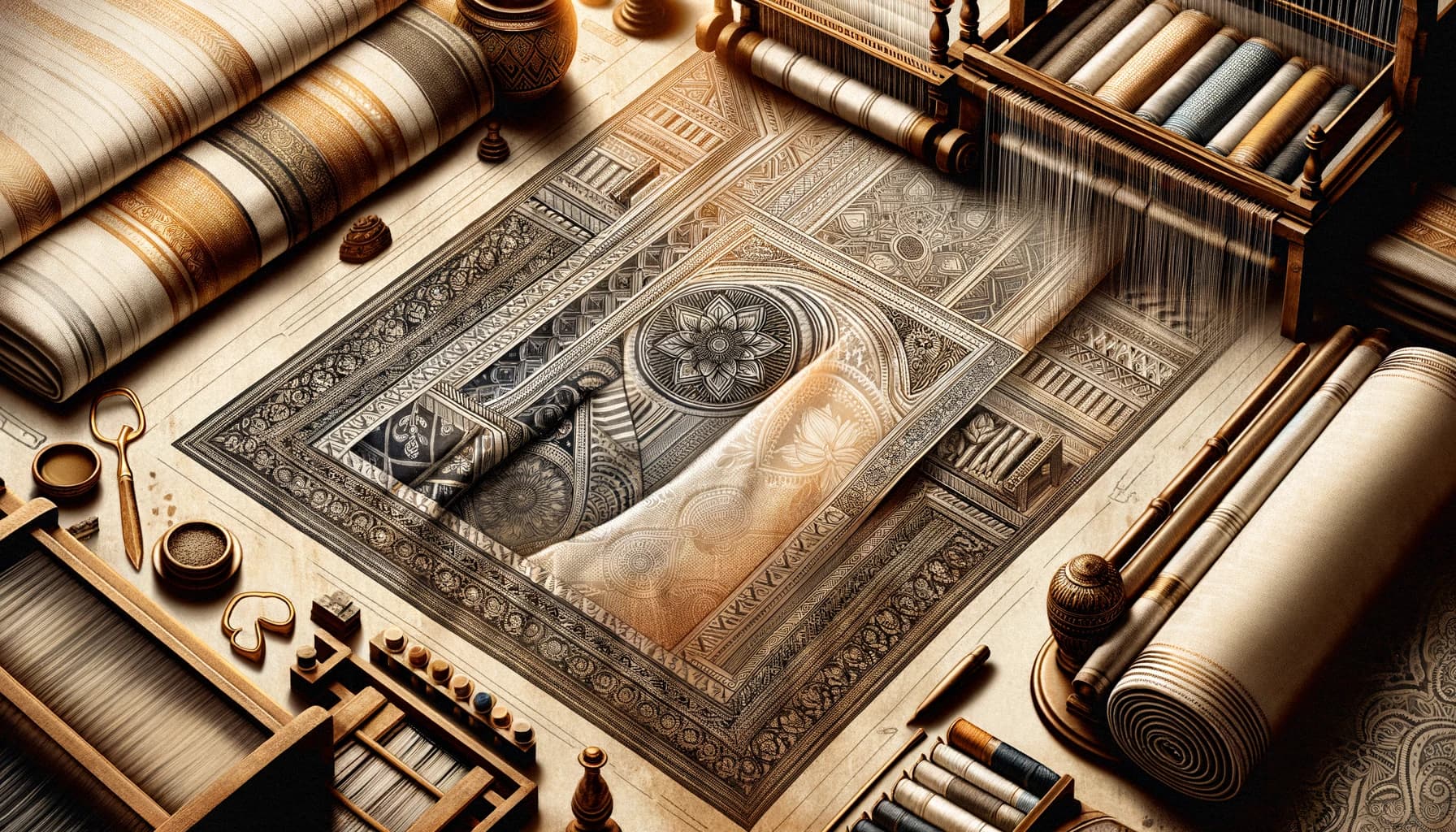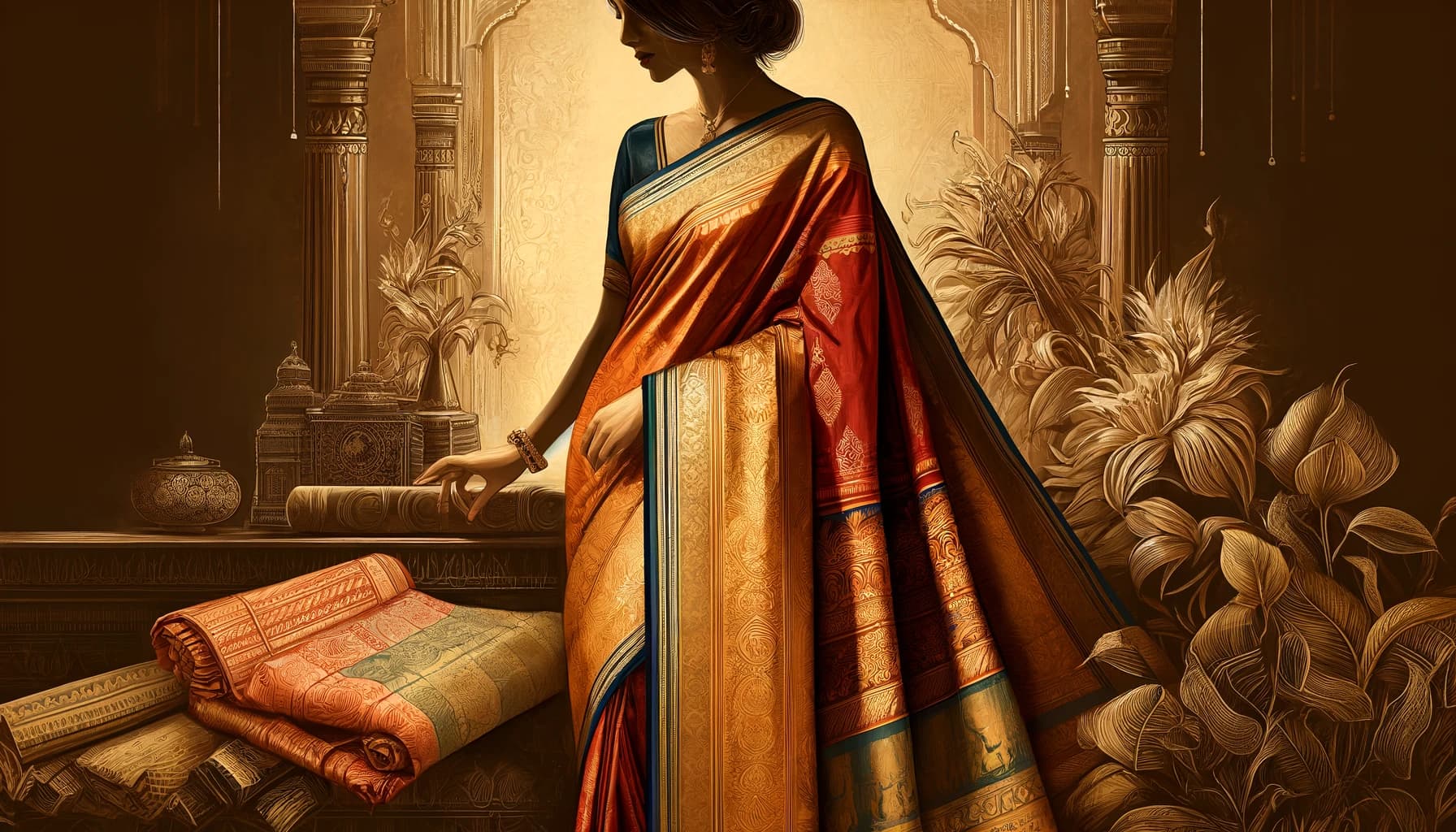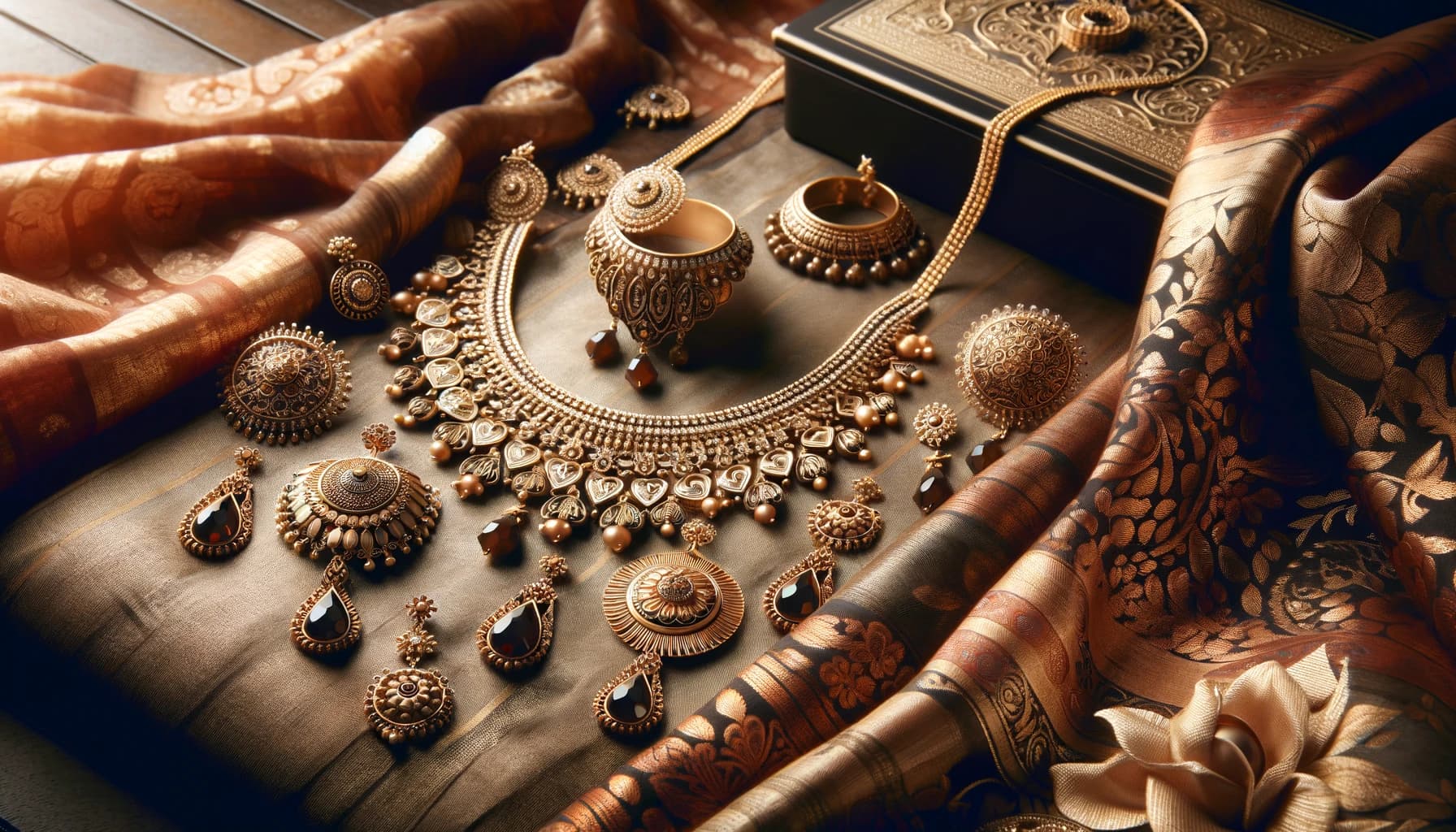
The Origins and History of Chanderi Sarees
Introduction to Chanderi Sarees
Chanderi sarees, with their exquisite craftsmanship and timeless elegance, have adorned women for centuries. Originating from the quaint town of Chanderi in Madhya Pradesh, India, these sarees boast a rich history intertwined with cultural heritage and artisanal mastery. In this blog post, we delve into the origins and evolution of Chanderi sarees, exploring their significance in the world of fashion and textile traditions.
The Origins of Chanderi Sarees
Chanderi sarees trace their roots back to the Vedic period, with mentions in ancient texts and scriptures. The name "Chanderi" is believed to have originated from the word "Chandraketupuram," meaning a place where the moon shines brightly. This reference highlights the celestial beauty associated with Chanderi sarees, known for their sheer texture and delicate embellishments.
Historical Evolution
Over the centuries, Chanderi sarees have evolved under the influence of various dynasties and cultural exchanges. The Mughal emperors, particularly Akbar, played a significant role in promoting Chanderi textiles, leading to a fusion of Persian and Indian designs. During the British colonial era, Chanderi sarees gained popularity among the aristocracy for their luxurious appeal and fine craftsmanship.
Craftsmanship and Techniques
What sets Chanderi sarees apart is the meticulous craftsmanship and traditional techniques employed by skilled artisans. Handwoven using cotton, silk, or a blend of both, Chanderi sarees are renowned for their lightweight yet durable fabric. The weaving process involves intricate motifs inspired by nature, including peacocks, flowers, and geometric patterns, meticulously crafted using techniques like the supplementary weft and zari work.
Significance in Indian Culture
Chanderi sarees hold a special place in Indian culture, symbolizing grace, elegance, and tradition. They are an integral part of festive occasions, weddings, and religious ceremonies, where they are worn as a symbol of cultural identity and timeless beauty. The versatility of Chanderi sarees allows them to be draped in various styles, making them a favorite among women of all ages.
FAQs
What makes Chanderi sarees unique?
Chanderi sarees are renowned for their sheer texture, lightweight fabric, and intricate handwoven motifs. They blend traditional craftsmanship with contemporary designs, making them a symbol of timeless elegance.
Can Chanderi sarees be worn on different occasions?
Yes, Chanderi sarees are versatile garments suitable for various occasions, including weddings, festivals, parties, and formal events. Their elegant appeal makes them a favorite choice among women for both casual and special occasions.
How to care for Chanderi sarees?
To preserve the beauty of Chanderi sarees, it's essential to handle them with care. Dry cleaning is recommended to maintain the fabric's delicate texture and embellishments. Avoid exposure to direct sunlight and store them in a cool, dry place to prevent discoloration or damage.
Are Chanderi sarees expensive?
The price of Chanderi sarees varies depending on factors like fabric quality, weaving technique, and intricacy of design. While some varieties may be more affordable, exquisite handwoven Chanderi sarees with intricate zari work can be relatively expensive due to the labor-intensive process involved.
Conclusion
In conclusion, the origins and history of Chanderi sarees reflect a journey of artistry, tradition, and cultural heritage. From ancient times to modern fashion runways, these sarees continue to captivate hearts with their timeless beauty and exquisite craftsmanship. As we celebrate the legacy of Chanderi sarees, we honor the artisans whose skillful hands weave tales of elegance and grace into every thread.



Leave a comment
This site is protected by hCaptcha and the hCaptcha Privacy Policy and Terms of Service apply.